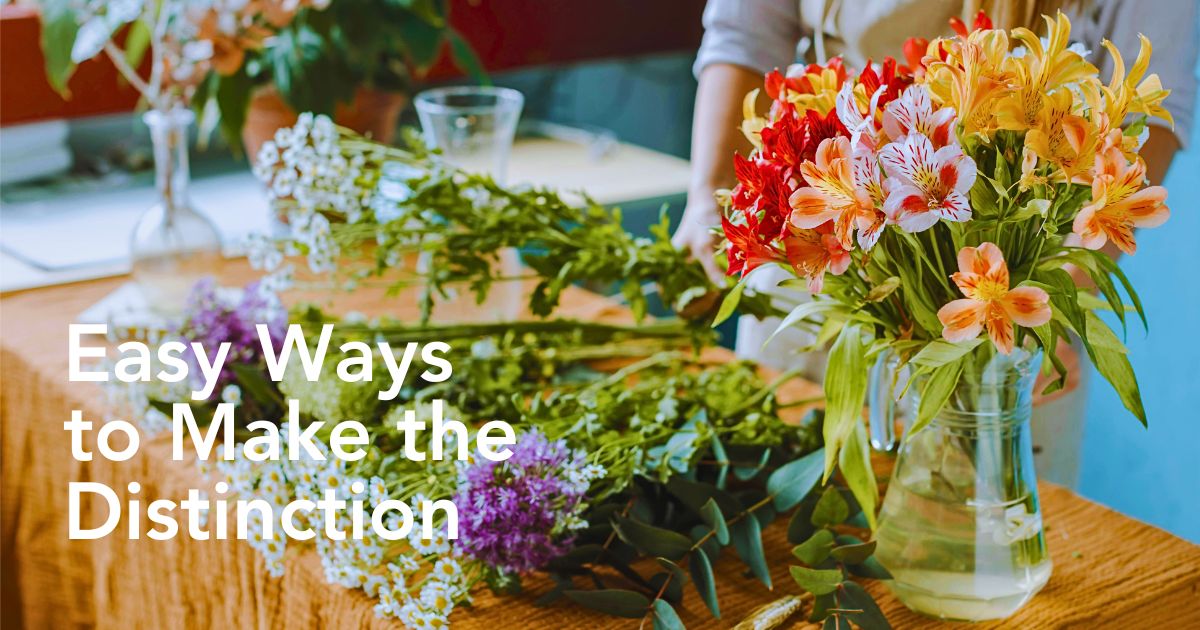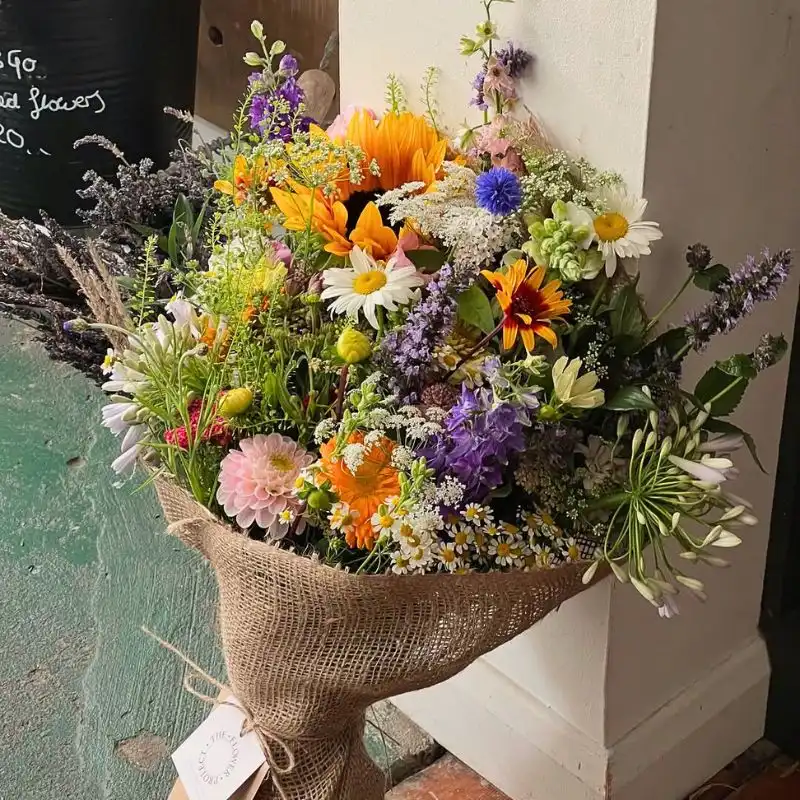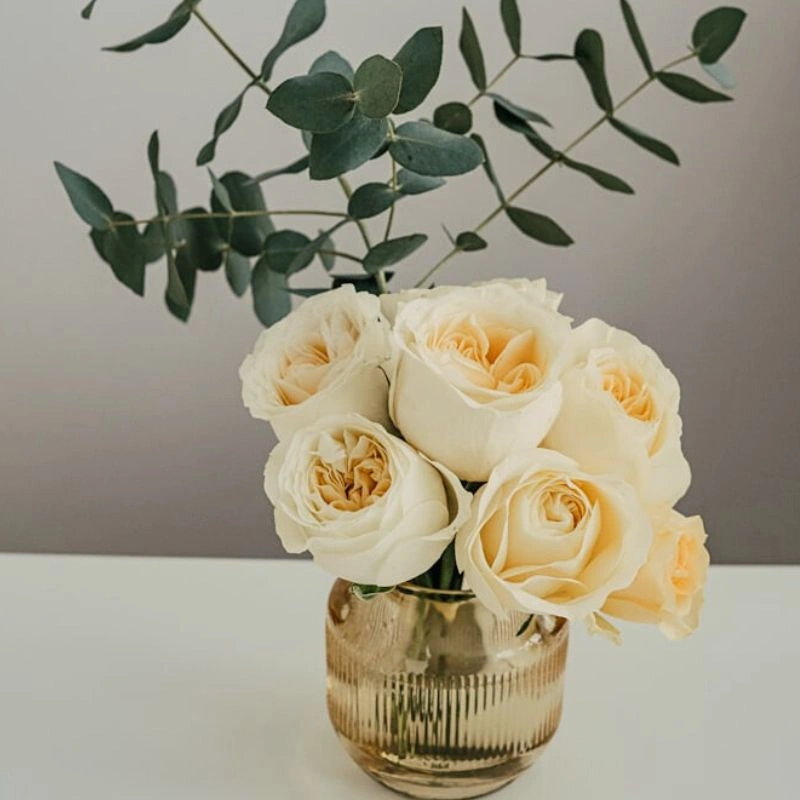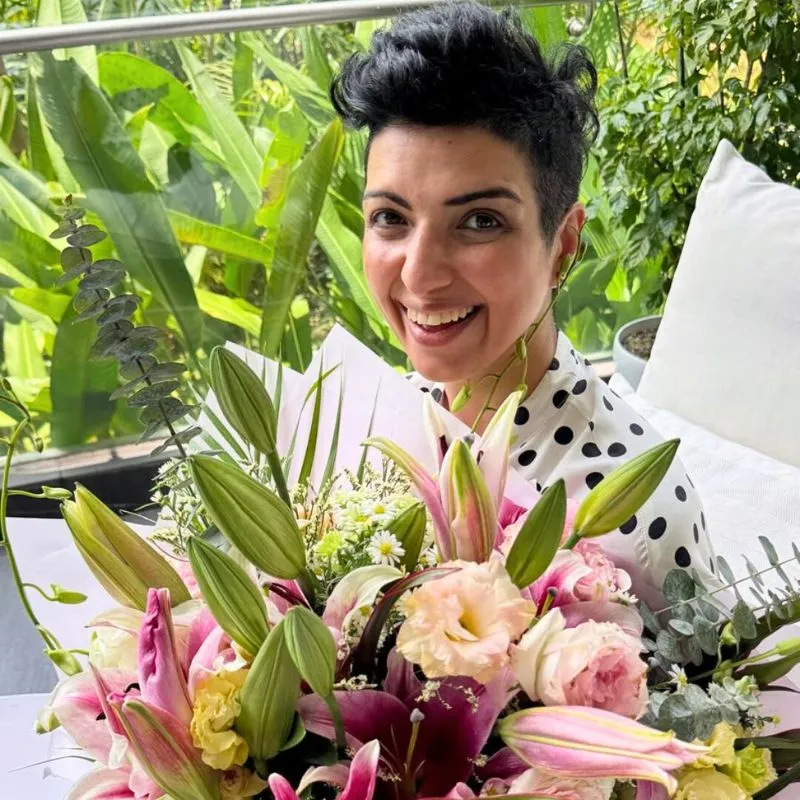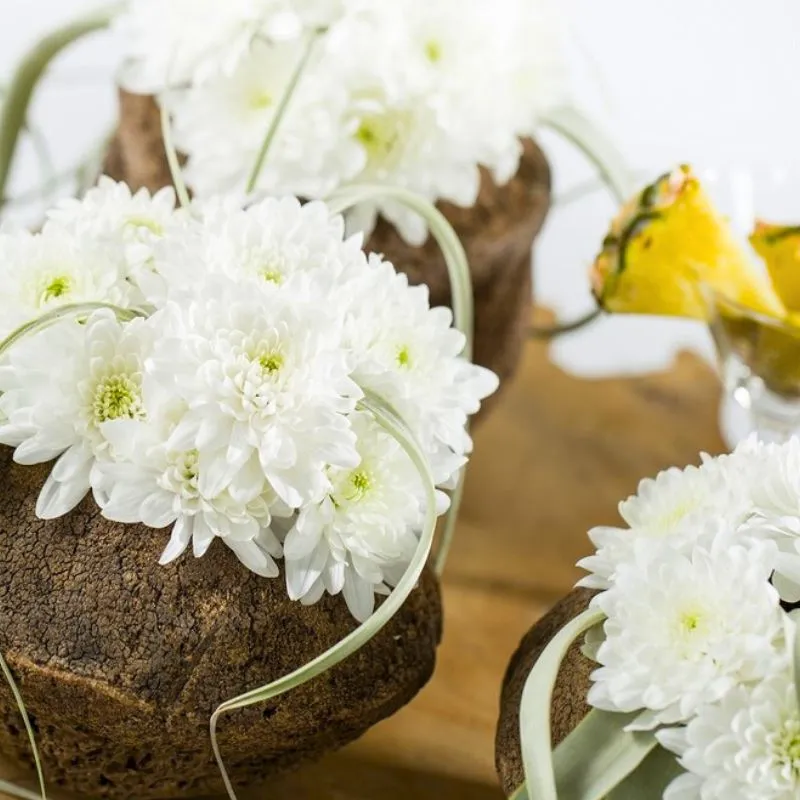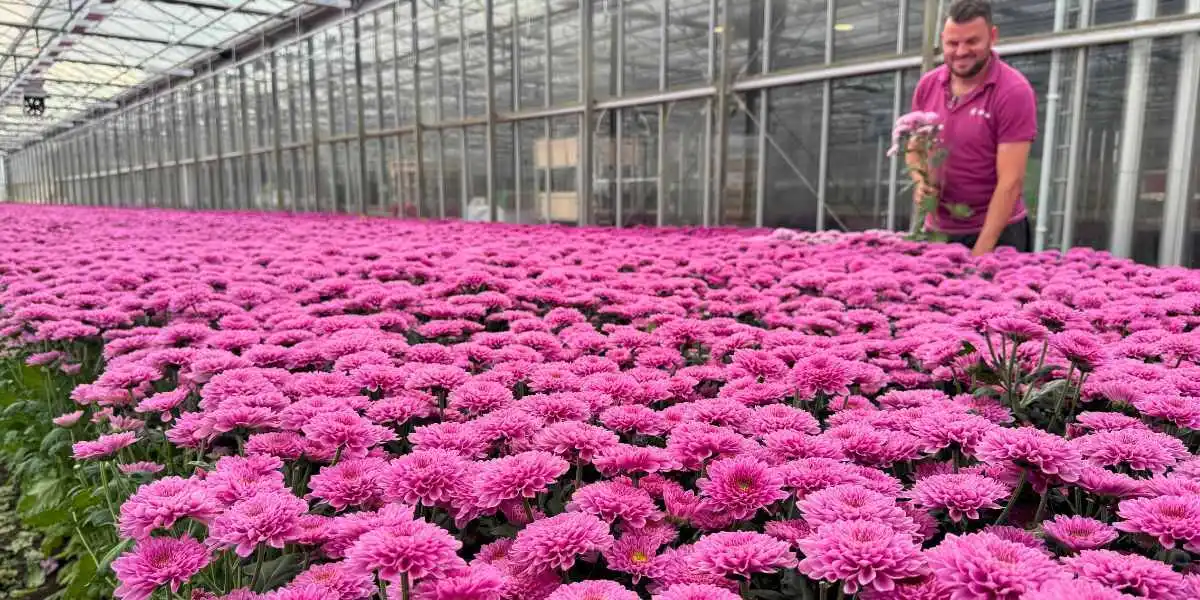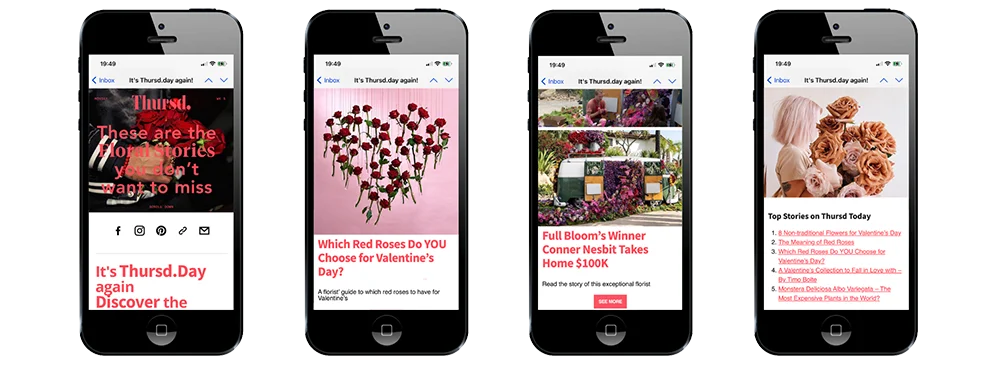Artificial flowers have come a long way in recent years. While they may seem like quite a convenient and cost-effective alternative to fresh flowers, there are many compelling reasons why you should think twice before settling for these faux flowers. Even still, there have been significant enhancements in the faux flower industry, making it increasingly difficult to tell them apart from those that are real. So, whether you are buying flowers for home décor, special occasions, or gifts, knowing how to distinguish the real flowers from those that are not can save you from disappointment and help you make the right choice. While there are some elaborate ways to distinguish between these two, a simple guide of a few easy steps and practical tips can help you easily spot artificial flowers quickly and confidently.
1. Examine Their Texture and Material
One of the easiest ways to tell if a flower is real or artificial is by feeling its texture. Real flowers have delicate petals and leaves that often feel soft, thin, and sometimes velvety. They also tend to have natural variations in thickness and subtle imperfections. Quite contrarily, artificial flowers are usually made from materials like plastic, silk, or polyester fabric, which feel smoother and stiffer to the touch.
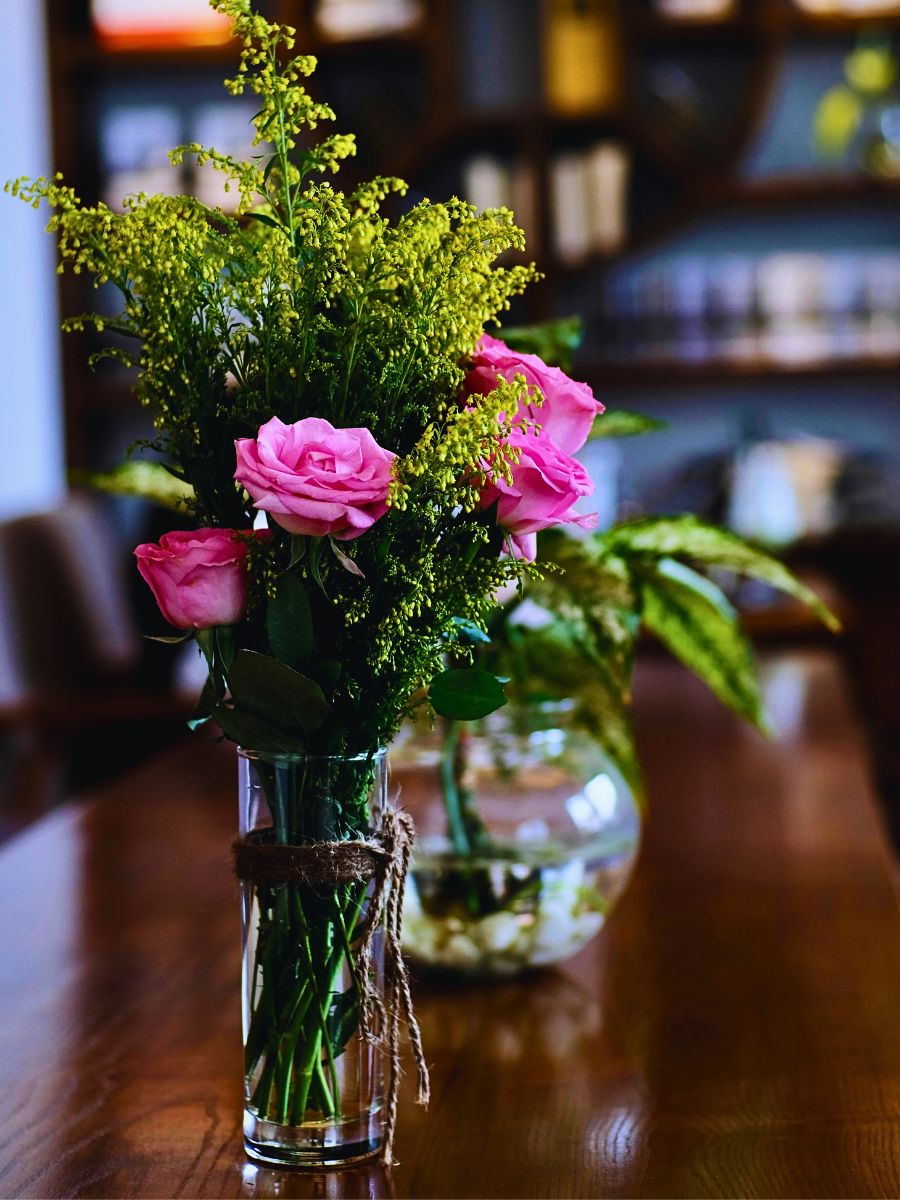
Even the best-quality faux flowers rarely perfectly replicate the natural texture of real petals and leaves. When you touch the stem, real flower stems are firm but flexible and may have tiny hairs or ridges, whereas fake flower stems often feel unnaturally smooth or rigid, sometimes coated with green paint or tape.
2. Look for Color Variation and Imperfections
Natural flowers rarely have perfectly uniform colors. Real blooms display subtle gradients, shading, and sometimes small spots or discolorations. Artificial flowers, on the other hand, often have flat, consistent colors across all petals, which can appear unnatural. Additionally, real flowers usually have slight asymmetry or minor imperfections, such as bent or torn petals. If you notice that every flower looks flawless and almost identical, it is a strong indication that they might be artificial.
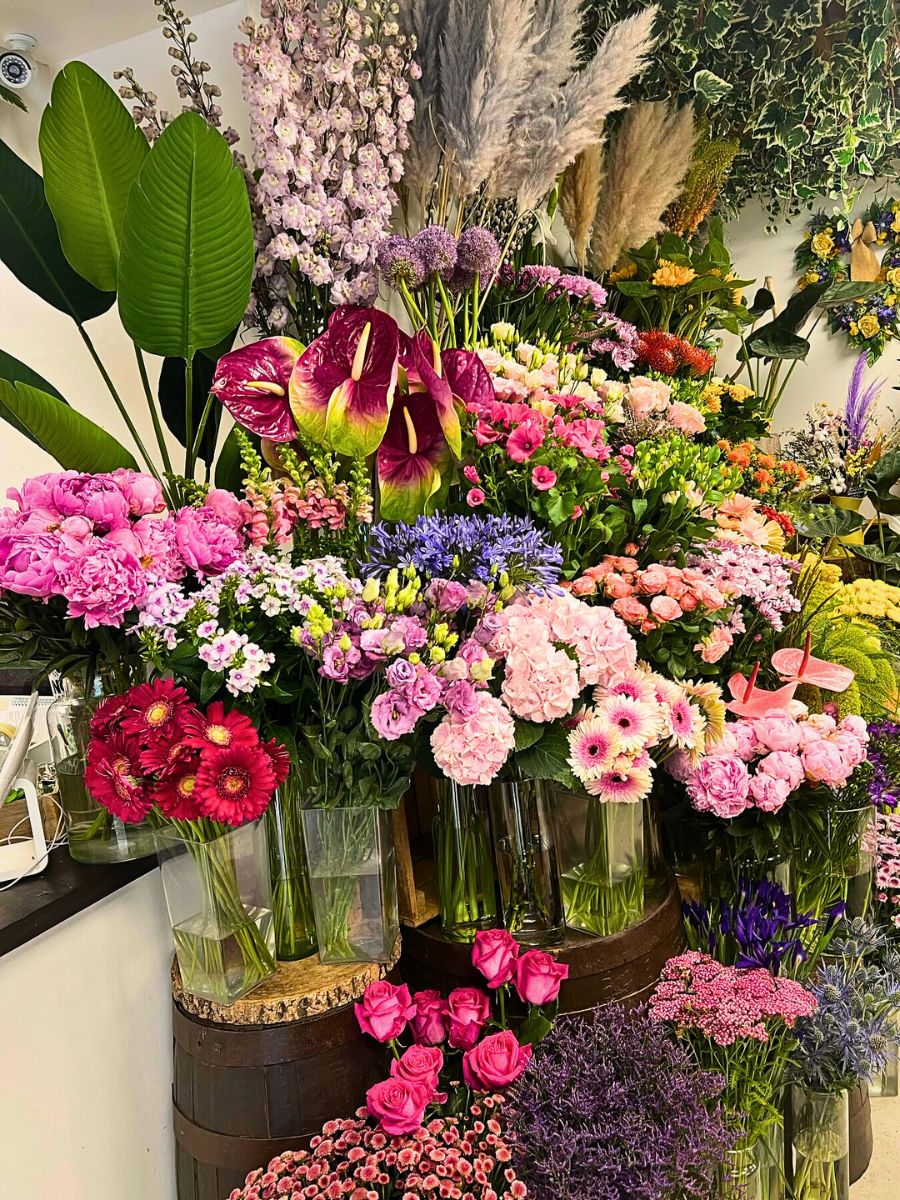
3. Keenly Observe Their Blooming Stages
In nature, flowers on the same plant are usually at different stages of development—some buds, some partially open, and some fully bloomed. Artificial flower arrangements often feature flowers that are all fully open and hardly any that are not blooming. What is more, they are almost always identical in size and shape. If you see a bouquet where every flower is perfectly open and looks exactly the same, these are likely not real flowers. Realistic floral arrangements tend to include a mix of buds and blossoms at various stages to mimic nature.
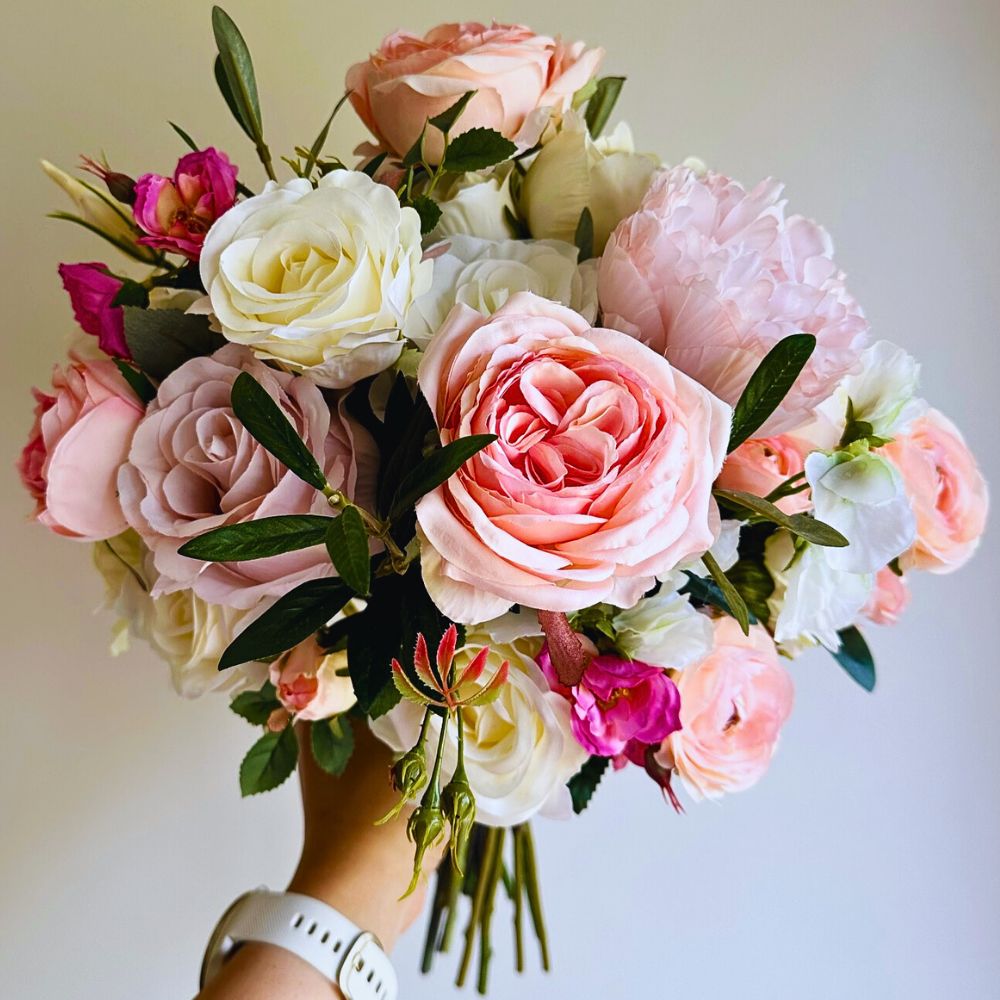
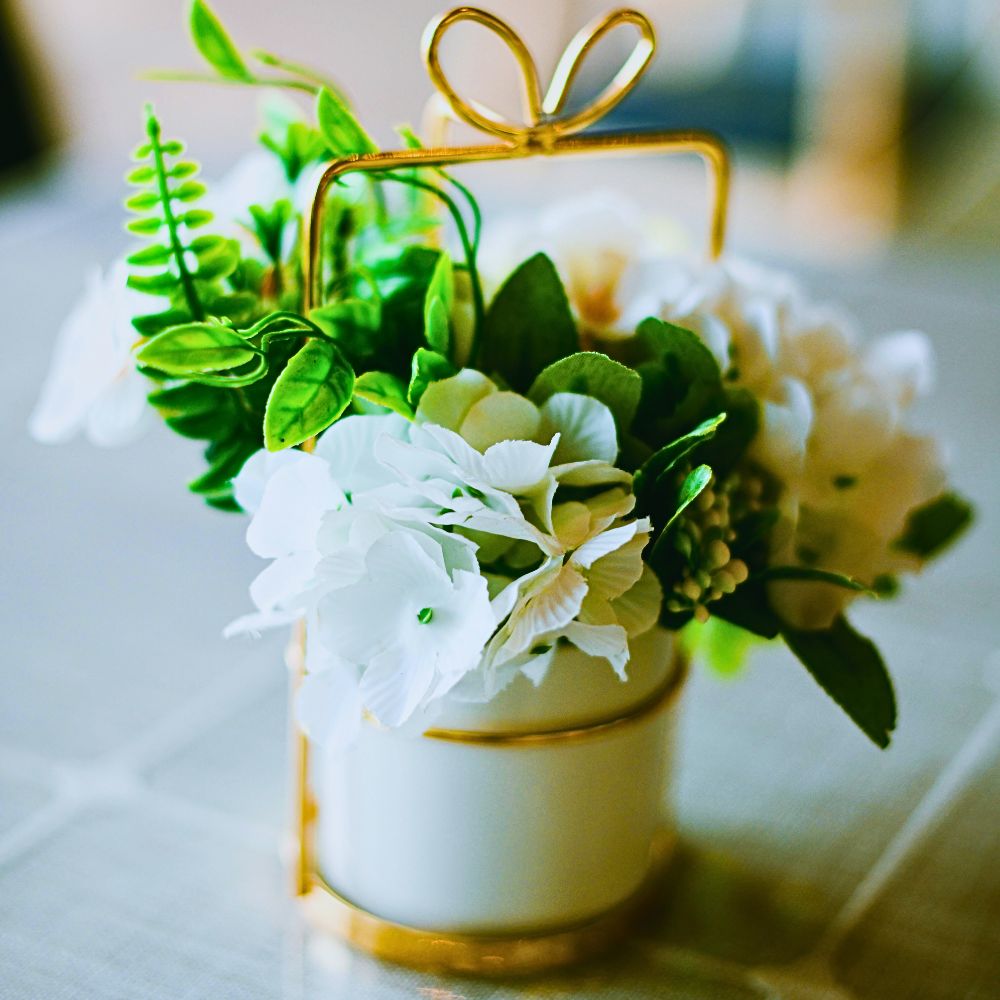
4. And Inspect Their Stem and Leaf Attachments
How the leaves and flowers attach to the stems can reveal a lot about authenticity. Real flowers have natural, seamless connections between stems, leaves, and petals. Fake flowers, especially lower-quality ones, may show visible glue spots, loose flower heads, or mismatched colors where parts are joined. Real stems often have color variations and may bear thorns or tiny hairs, while fake stems are usually uniformly bright green and plastic-like. Although some high-end artificial flowers replicate bark texture or thorn details, many do not, making the attachment points quite a good clue.

5. Make Use of Your Sense of Smell
Fragrance is a natural giveaway for real fresh flowers. Real flowers usually have a delicate, fresh scent that varies by species and freshness. Artificial flowers typically have no scent or sometimes emit a chemical smell or plastic-like odor. Some faux flowers are artificially scented to mimic real ones, but these smells tend to be overpowering or synthetic. If a flower has no fragrance or smells artificial, it is probably fake.
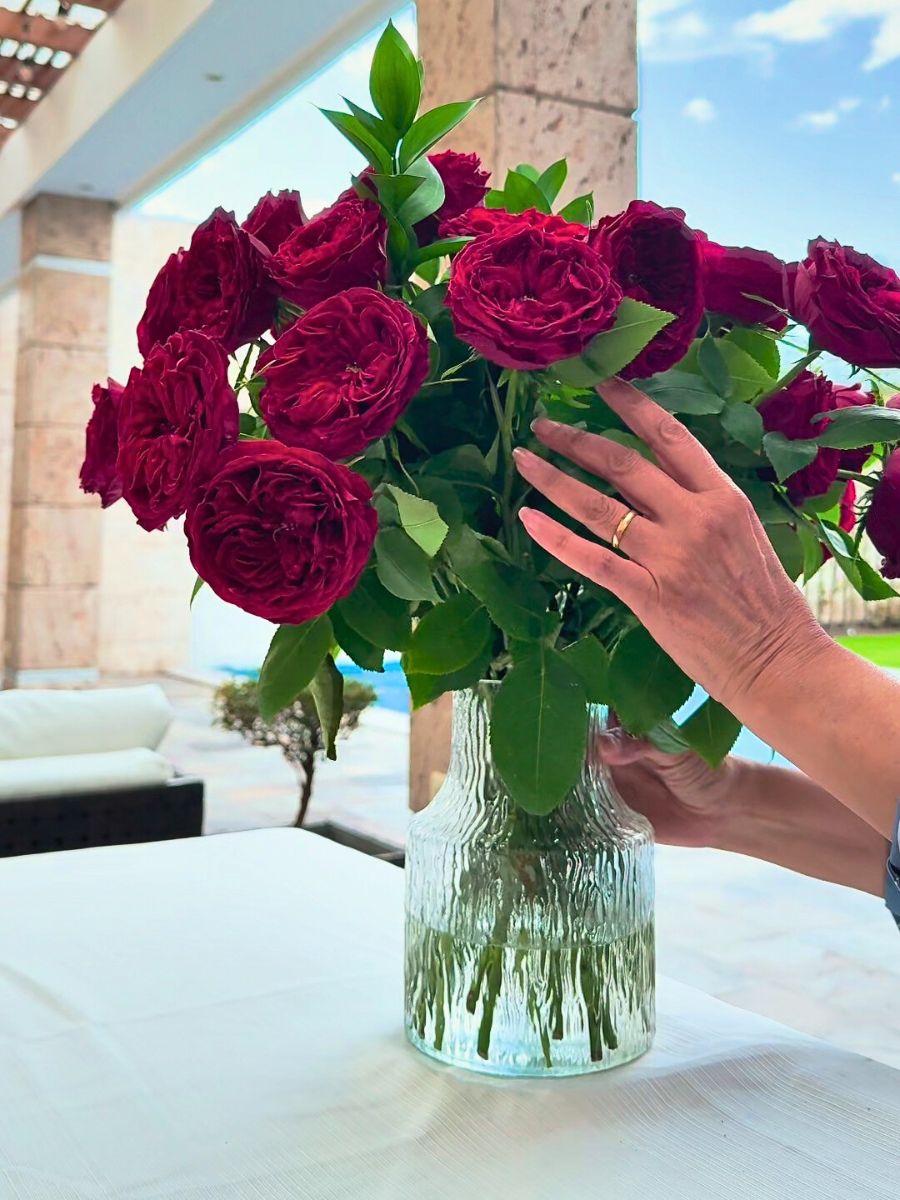
6. Check for Accumulated Dust and Soil
Real flowers mostly grow in soil and are regularly watered, so they rarely accumulate dust. Artificial flowers, especially those displayed for long periods, often collect dust on petals and leaves. If you notice dust settled in the folds of petals or on leaf surfaces, the flowers are likely fake. Also, real potted plants have moist soil and sometimes water droplets on leaves, while fake plants often sit in dry, artificial soil or none at all.
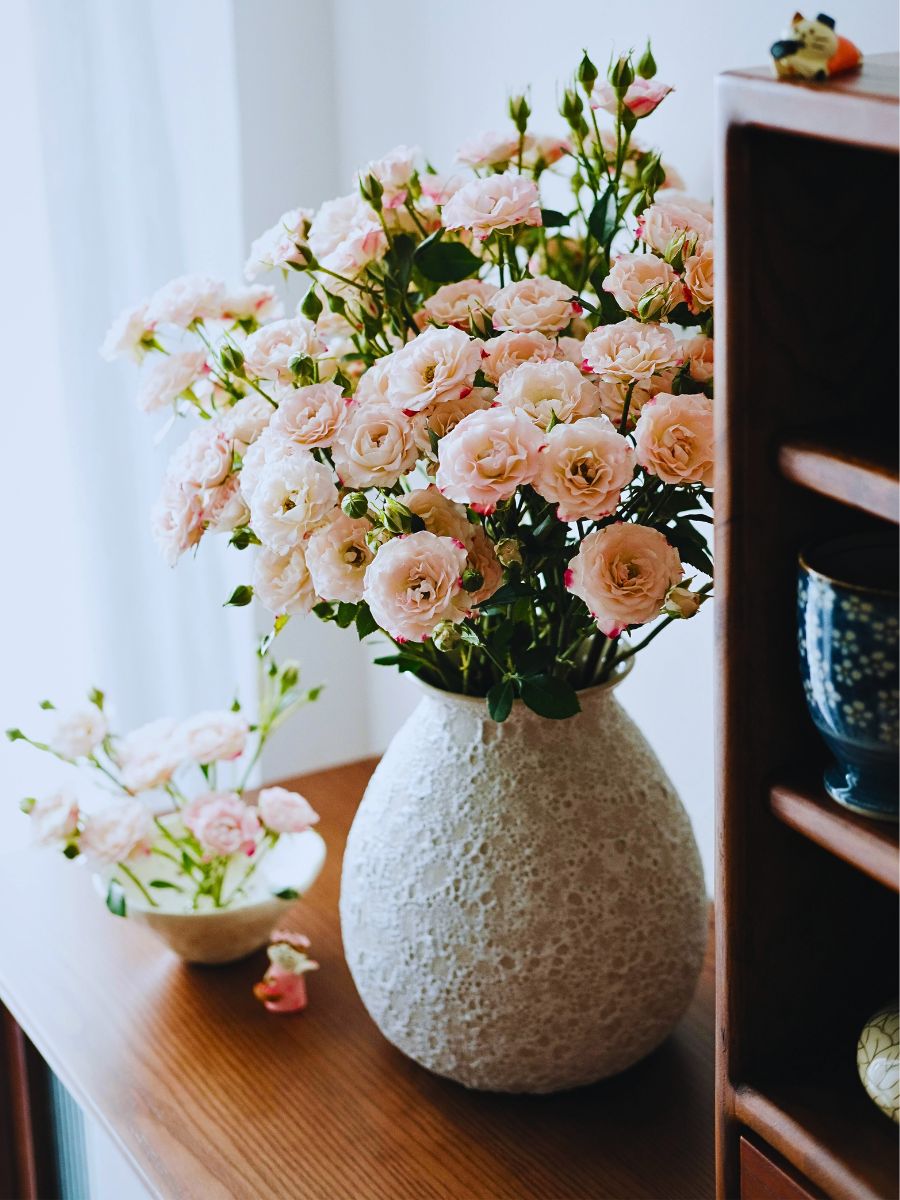
7. Observe the Flowers’ Movement and Flexibility
Non-artificial flowers move naturally with air currents and feel delicate when handled. Their stems and petals have a gentle bounce and flexibility to them. Artificial flowers, on the other hand, can be too rigid or unnaturally stiff. While some high-quality faux flowers are designed to move slightly, many cheap versions do not. Additionally, real petals bruise or tear easily, whereas fake petals are more durable but may crease unnaturally when bent.
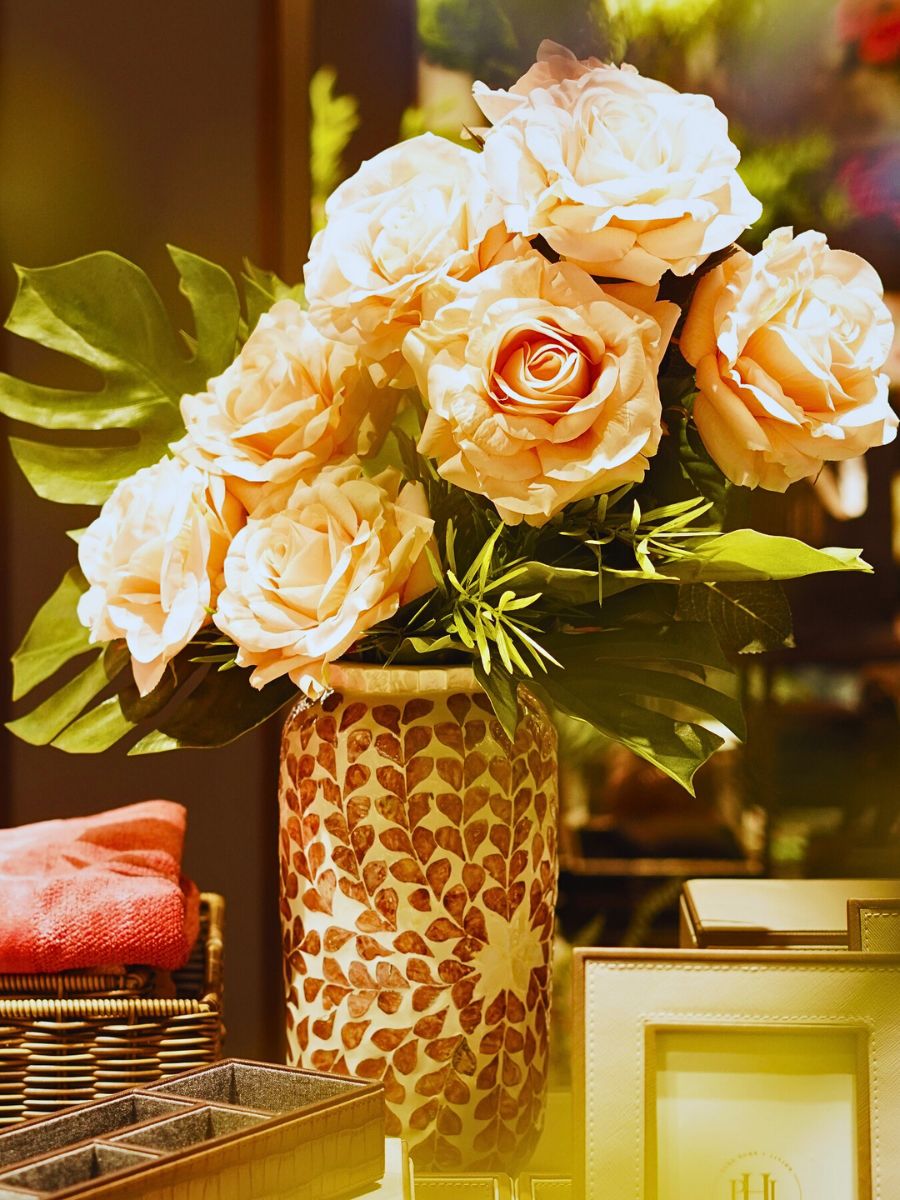
8. Consider the Context and Their Price
Sometimes the setting and price provide clues. Real flowers, especially fresh or rare varieties, tend to be more expensive. Very cheap ‘flowers’ are often the artificial ones. Also, if flowers are part of permanent décor or placed where watering is impractical, they are likely faux. Real flowers require care and maintenance, so their presence in certain contexts can hint at their authenticity.
Final Thoughts: Just to Help You Make the Right Choice
Distinguishing real flowers from fake ones comes down to careful observation and using one’s senses. Their texture, feel, color variation, blooming stages, stem attachments, scent, dust accumulation, and flexibility all offer valuable clues. While artificial flowers offer longevity and low maintenance, real flowers bring natural beauty, fragrance, and subtle imperfections that are difficult to replicate perfectly. Yet, these are the qualities that make the fresh flowers much more prized.
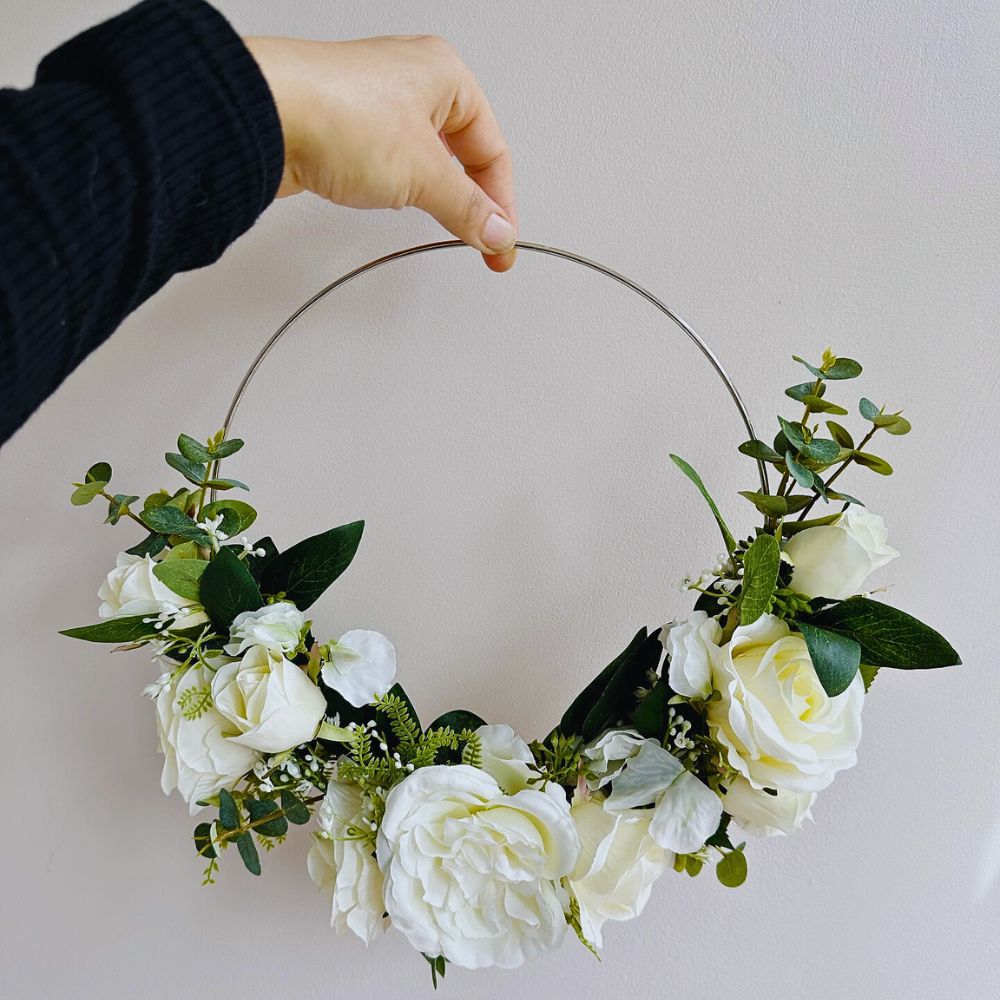
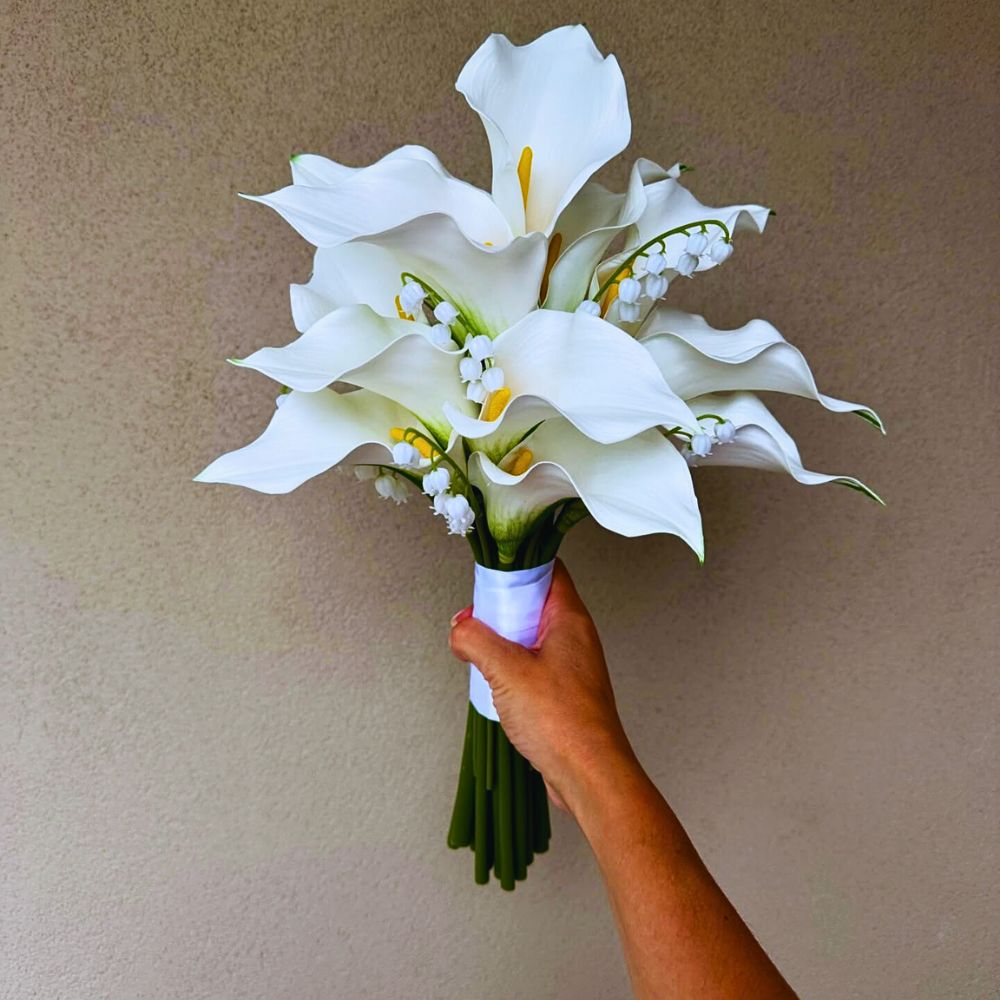
Applying these simple and practical tips can guarantee that you confidently identify and distinguish fake and faux flowers from real and fresh ones—and appreciate the unique qualities of those that are real—ensuring that the choices of your flowers always meet your expectations. After all, real and fresh flowers are known to be full of benefits and positive effects that you'd always want to experience.
So, what do you think? Is this floral teddy bear real or fake?
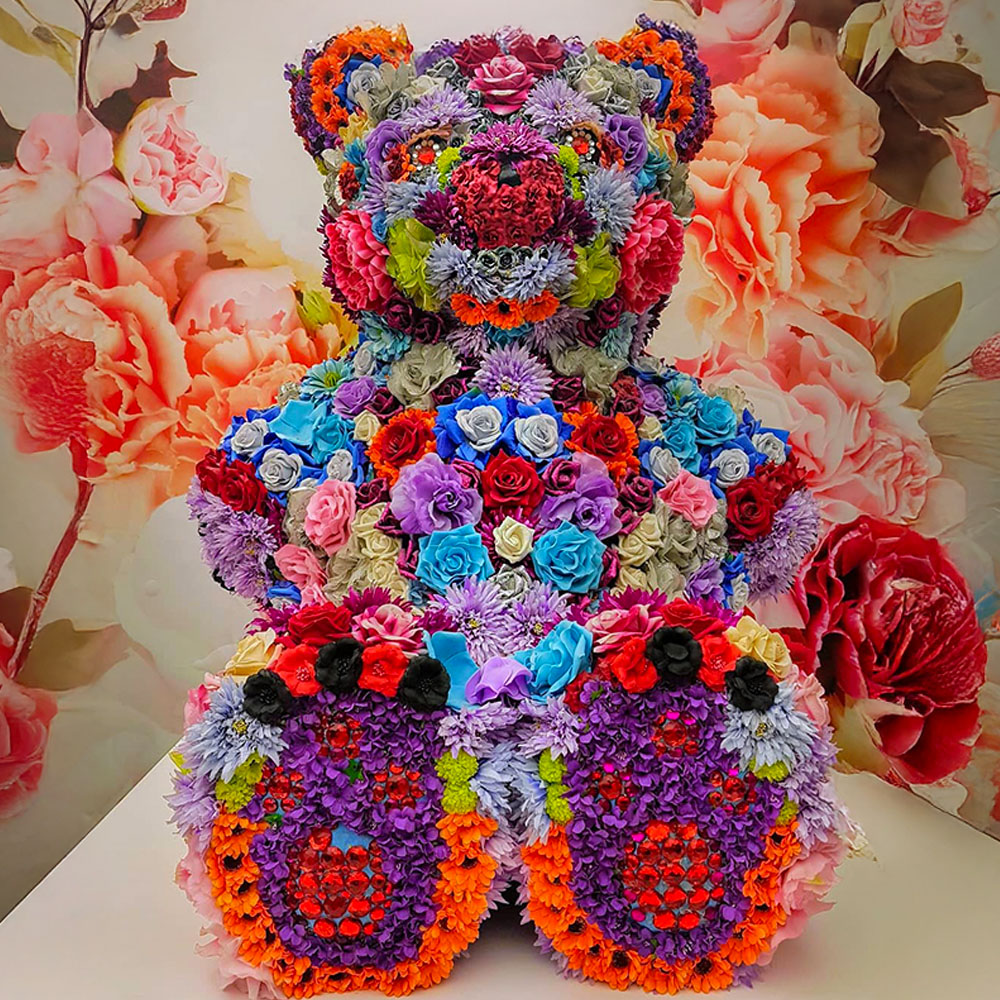
Header image by Anastasia Shuraeva. Feature image by @eastmeetswest97.

